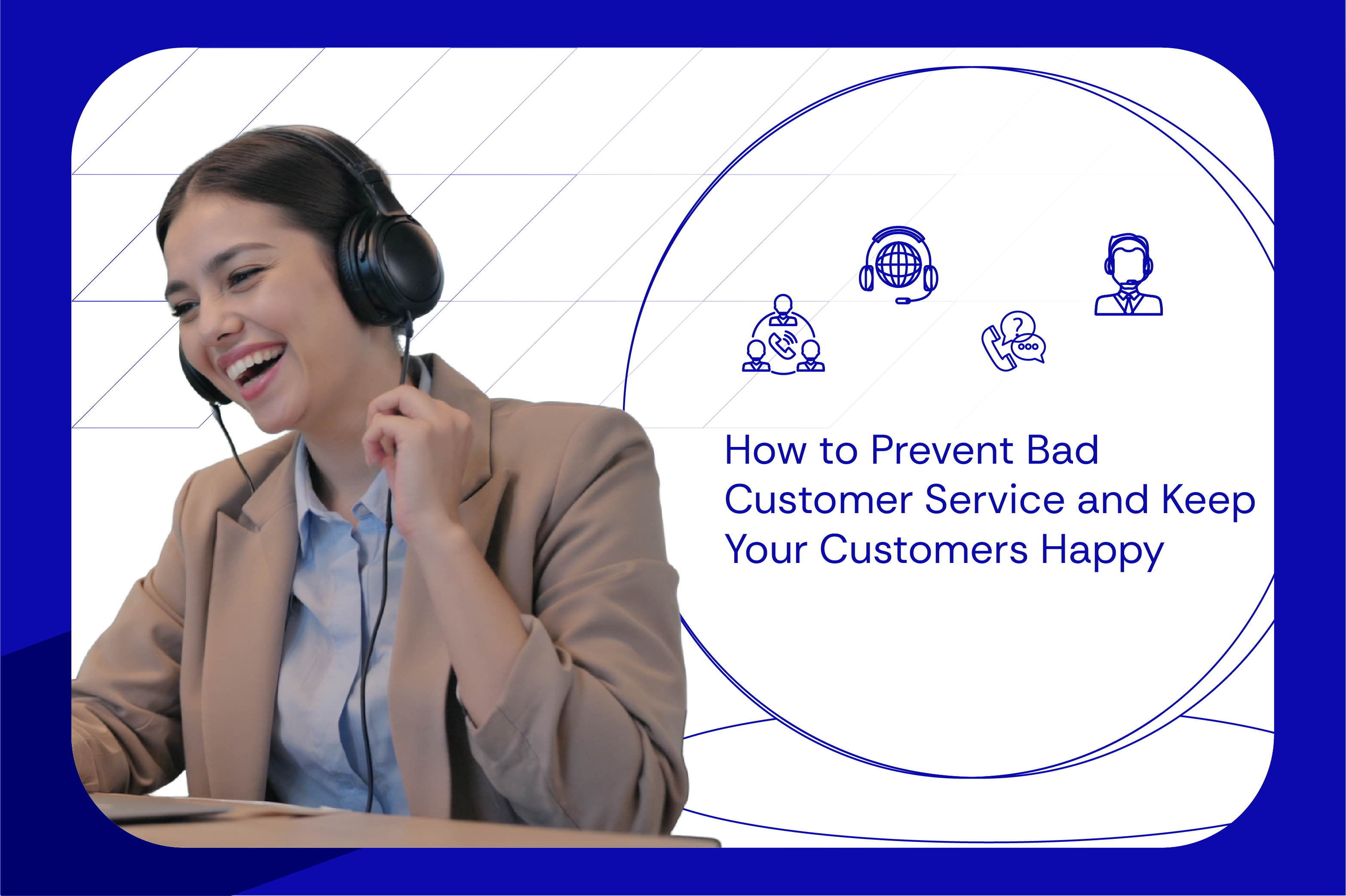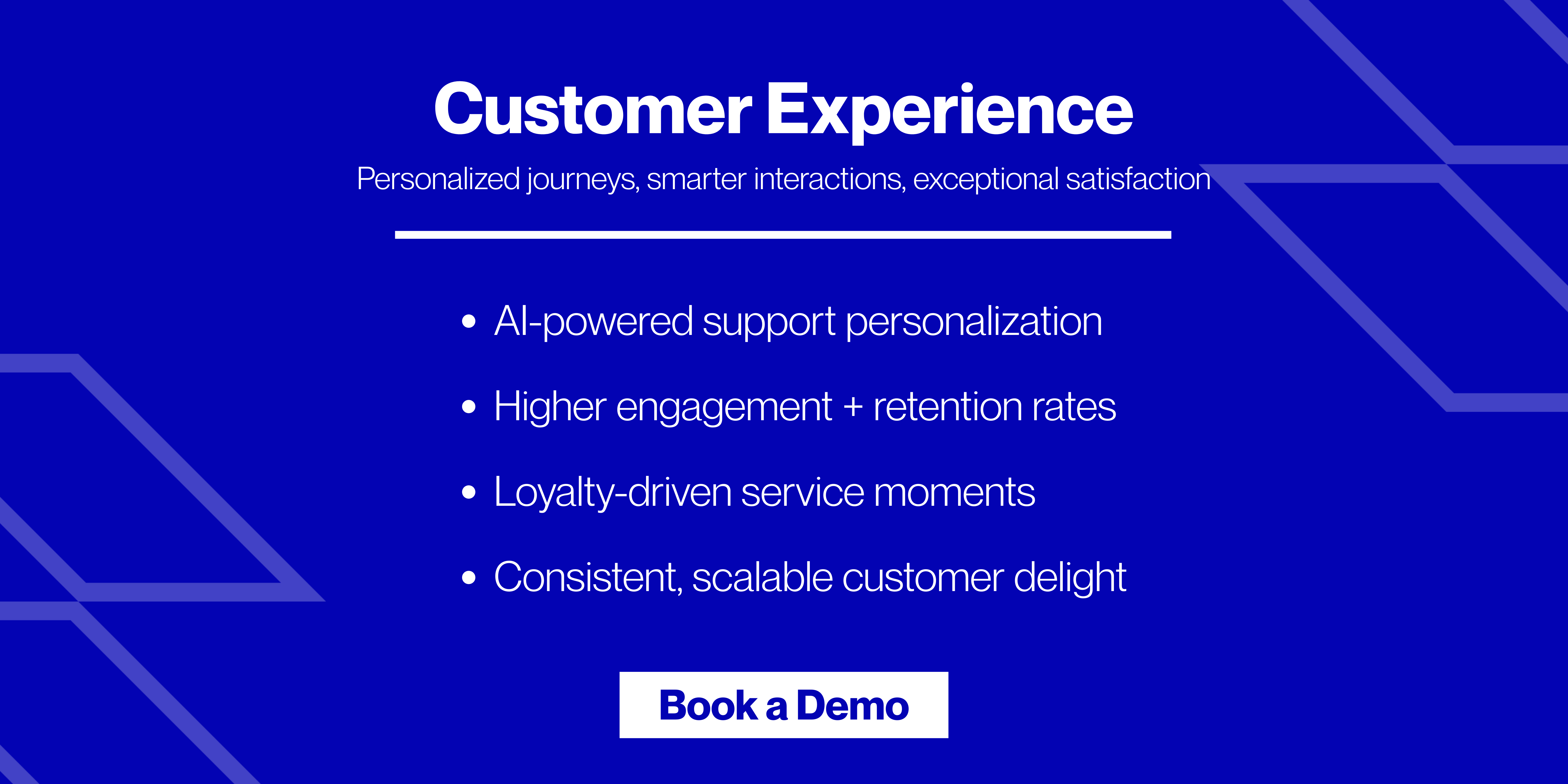Bad customer service occurs when a business fails to meet customer expectations. This makes your customers feel ignored, frustrated, or disrespected. Usually, this happens due to slow responses, lack of product knowledge, rude interactions, and unclear pricing. Poor service drives customers away, damages a company’s reputation, and reduces revenue.
Most business owners remain heavily involved in modernising their products. Rightly so, this keeps them competitive. But, do you know where the real battle is?
Bad customer service can significantly harm your business. In the U.S., poor service costs businesses approximately $856 billion annually, while worldwide losses are estimated at $3.7 trillion (PwC Research, 2024).
Besides, substantial financial losses, bad customer service also leads to reputational damage. It causes your customers to leave and even makes employees quit. For consumer brands and D2C companies across the US, UK & Australia, negative interactions can quickly spread across social media, reducing trust and loyalty.
Are you also as a business owner facing this mess? In this article, let’s understand what bad customer service is and its various ill effects. Also, we will see seven popular ways to improve customer service and keep your customers happy.
What is Bad Customer Service?
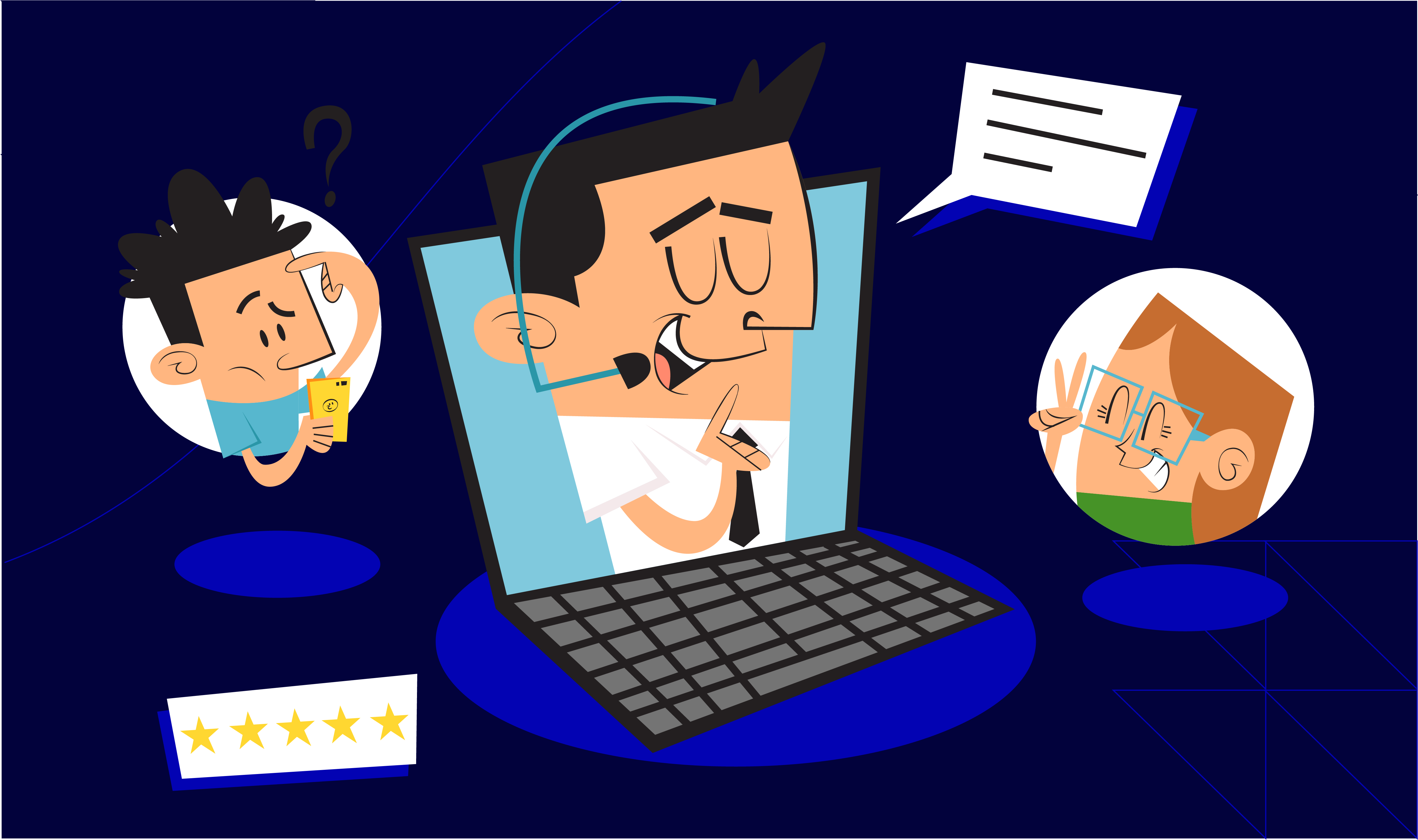
Bad customer service happens when your business does not meet your customer’s expectations. This can happen in different ways, such as:
- Taking too long to help a customer (long resolution times).
- Making it hard for customers to talk to a real person because of too many automated systems.
- Asking customers to repeat the same information multiple times.
- Talking rudely to agitated customers
These are common mistakes businesses should avoid. That’s because customers expect to be treated a certain way. If they feel ignored or are treated badly, they see it as bad customer service.
When people have a bad experience, they often share it online, which can harm your business.
In fact, research shows that 80% of customers who experience poor service share it with others and over 50% reduce or stop spending altogether. Many of them indicated that they would cut spending due to dissatisfaction. This clearly shows how critical customer experience (CX) is in influencing purchasing behaviour.
7 Proven Techniques to Prevent Bad Customer Service
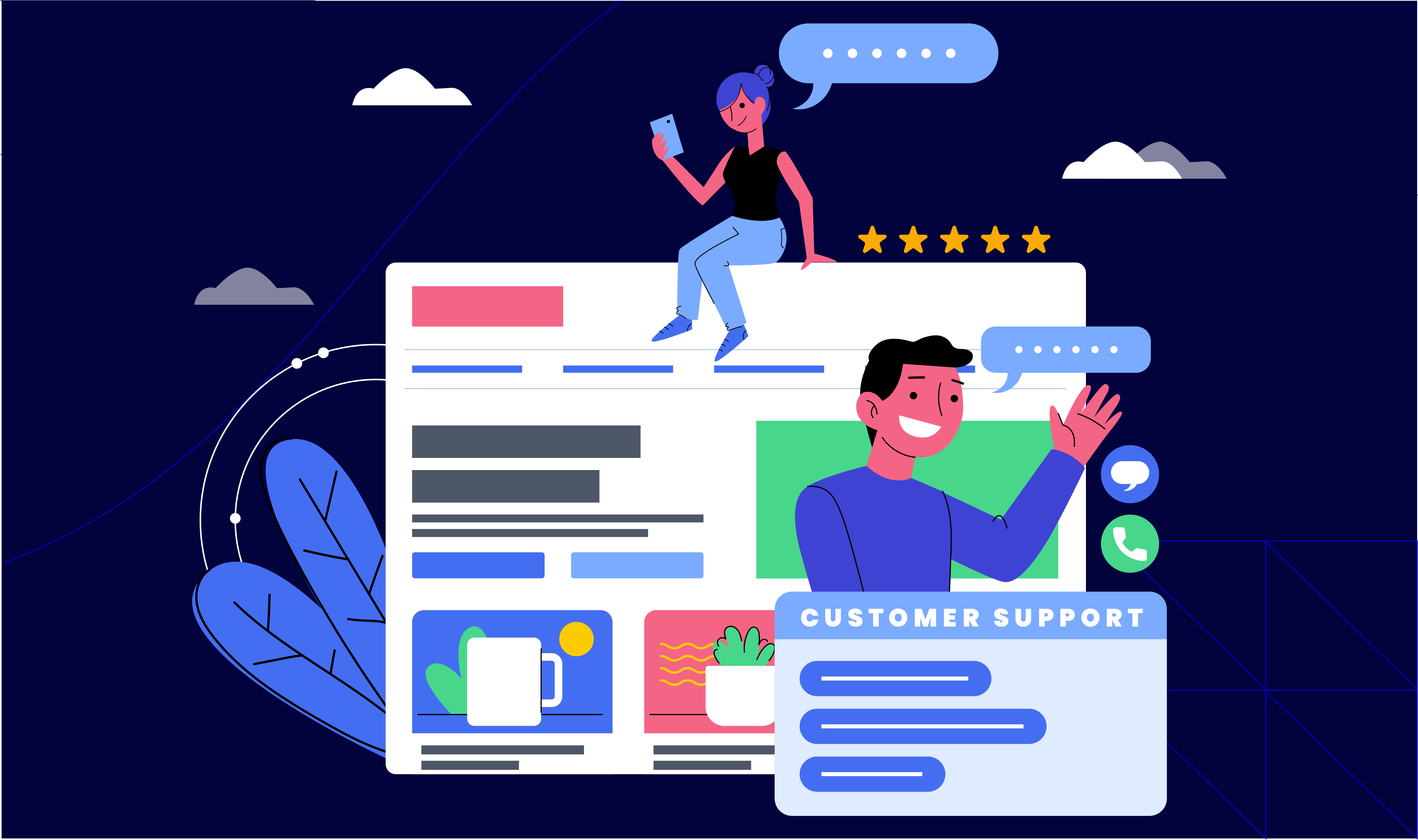
Due to bad customer service, you have to incur increased marketing expenses to counteract the negative effects. Also, these negative experiences deter word-of-mouth referrals and positive reviews. This further necessitates more aggressive marketing strategies to attract new customers.
A study showed that about 73% of consumers are likely to switch to a competitor after multiple bad experiences. Additionally, more than half of consumers will switch after just one negative interaction!
Below are seven proven techniques that can prevent bad customer service and keep your customers happy:
1. Hire Confident Agents with 100% Product Knowledge
Will your customers be satisfied talking to a customer support agent having partial knowledge about your company’s products or services? Absolutely not! This makes customers feel frustrated and leads to bad customer service. That’s because most customers expect employees to know what they are talking about.
If an employee says, “I don’t know” without offering to help, it makes the company look unprepared. It is acceptable for employees to not have all the answers. But instead of saying “I don’t know,” they should say, “That’s a great question. Let me find out for you.”
Additionally, all employees, from new hires to managers, should show confidence when speaking to customers. When employees seem sure of themselves, customers feel they are in good hands. They trust the company more and are likely to return. At Atidiv, our training programs for outsourced agents emphasize industry knowledge and confidence, which contributes to higher CSAT and faster resolution times for our US and UK clients.
2. The Customer Is Always Right?
You may have heard the phrase, “The customer is always right.” But this is not always true! That’s because:
- Some customers can be difficult. They may ask for things that your business cannot provide.
- Sometimes, they can even be rude or demanding.
In such situations, even when a customer is wrong, your agents should never argue with them or make them feel bad. If you tell a customer they are wrong or lying, they may get angry and leave a bad review.
Therefore, instead, listen to their concerns and try to understand their point of view. Always remember that a calm and polite conversation can turn an unhappy customer into a satisfied one.
3. Be Honest About Pricing
Customers do not like surprises when it comes to pricing. If they expect to pay a certain amount (but are later charged extra fees), they will feel cheated. Even if they liked your service, they may not return because they feel tricked. This leads to bad customer service.
To avoid this, always be clear about your prices. Let’s see how:
- If there are any extra charges, let customers know before they make a purchase.
- If you give a price estimate, try to stick to it.
- If the price has to change, explain “why” before the customer gets the final bill.
Please note that bad reviews and negative word-of-mouth are hard to counter. A BrightLocal study shows that it takes nearly 40 positive reviews to minimize the reputational damage of a single negative one. By being upfront about pricing, you can protect your reputation and build long-term customer relationships.
4. Respond Quickly
When customers reach out to you, they expect a quick response. Whether they contact you in person, by phone, or by email, your agents must answer them as soon as possible.
A slow response is a classic example of bad customer service. It causes customers to look for another company that will help them faster. Whereas, if you respond quickly, you show that you respect their time and value their business.
For small teams, outsourcing is a proven solution. Atidiv recently helped a UK based online tire retailer manage over 230,000 tickets annually across platforms like email, chat and phone, cutting resolution times by 30% while improving CSAT.
If you have a small team and cannot answer every call or email immediately, you can outsource email services to leading CX specialists like Atidiv. Recently, we partnered with a U.K.-based online tire retailer and handled over 2,30,000 tickets annually on multiple customer support channels.
5. Listen Carefully
Good customer service is not just about talking. It is also about listening! Most customers want to feel heard and understood. If you do not pay attention to what they are saying:
- They may feel ignored
or
- They may think you do not care about their problem.
Listening carefully means focusing on the customer while they are speaking. Do not interrupt them or think about your response while they are talking. Instead, wait until they finish and then repeat key points to show you understand.
For example, you can say, “Just to make sure I understand, you are saying that…” This helps avoid confusion and shows the customer that you are paying attention.
6. Do Not Overwhelm Customers
Customers want good service, but they also want things to be simple. If you give them too much information at once or call them too often, they may feel overwhelmed. This leads to bad customer service and makes them frustrated instead of satisfied.
While it is important to communicate, you should keep it clear and to the point. Give customers the information they need without adding extra details that might confuse them. If they have questions, let them ask instead of giving them too much at once.
Also, respect their time! If a customer has hired you for a service, they expect you to handle the work without constantly checking in. For example,
- Say a customer asks for a product update. Now, one detailed response is better than multiple short messages that interrupt their day. If they need more information, they will ask.
Clarity and brevity are important for consumer brands and D2C businesses, where customers expect seamless, fast and frustration-free experiences.
7. Never Take Advantage of Your Customers
Most customers want to feel like a business is on their side, not trying to take advantage of them. If a company has unfair policies or makes things difficult for customers, it can lose their trust. Always remember that a good business works with customers to find solutions, not against them.
For example,
- Some businesses lock customers into long-term contracts with high cancellation fees. This causes bad customer service as it makes customers feel trapped and frustrated.
If it is about a higher revenue, approximately 68% of consumers are willing to pay more for products and services from brands known for providing excellent customer service. This indicates that good customer service retains customers and enhances revenue per transaction.
Feeling Customer Service is a Chaos? Let Atidiv Handle it!
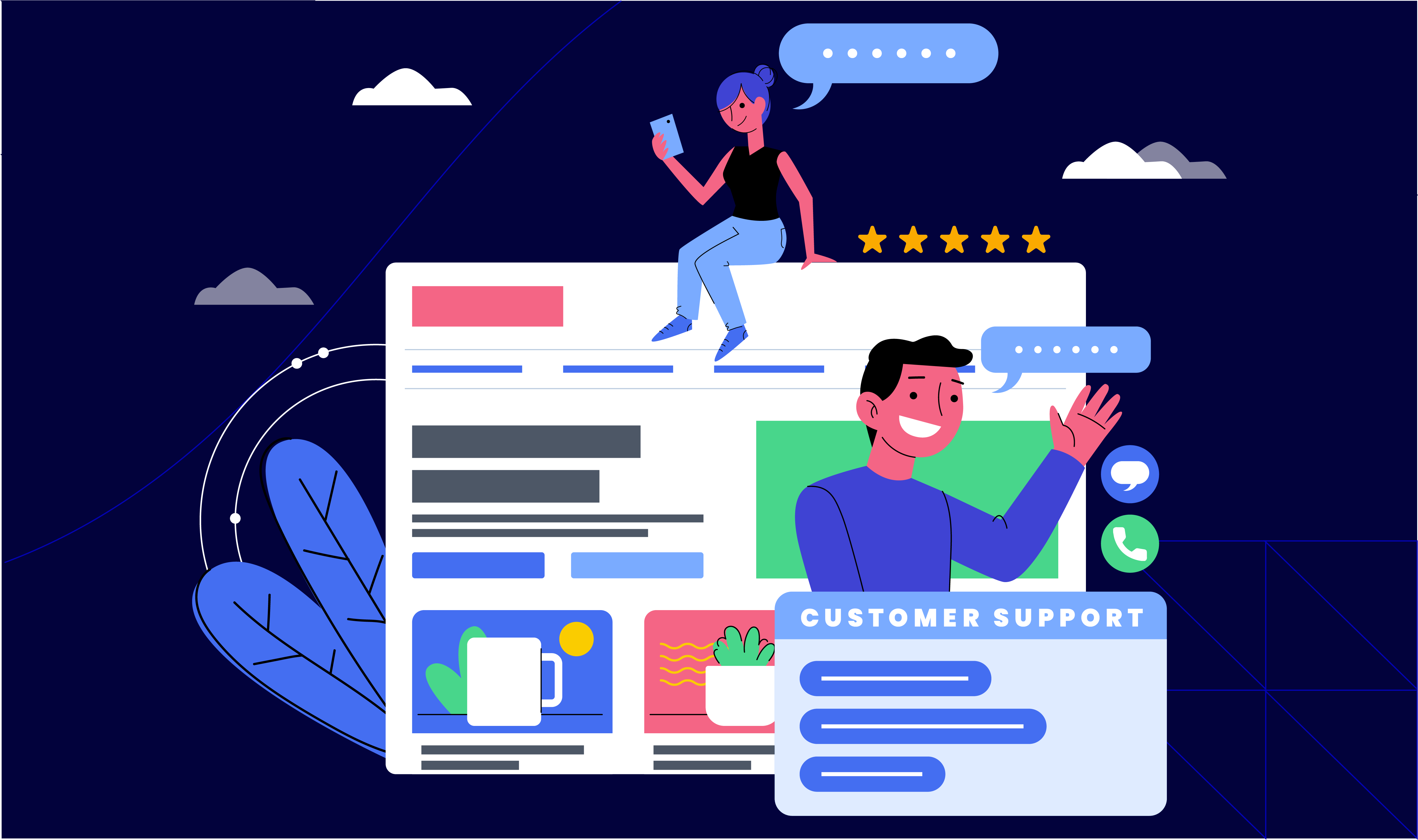
Bad customer service leads to significant revenue losses. It causes many customers to switch to competitors after negative experiences. Also, it damages your reputation and increases marketing costs.
To prevent this, you should focus on:
- Non-ambiguous customer communications
- Quick responses
- Transparency in pricing
- Respectful interactions with customers
Want to hire a CX specialist to handle your customer service? Outsource to Atidiv!
Atidiv partners with consumer brands and D2C companies in the US, UK & Australia to deliver 24/7 omnichannel support, predictive analytics and AI-driven automation. With a proven record of reducing operating costs by up to 60% and maintaining QA scores above 98%, we help CX leaders (VPs, Directors and Senior Managers) scale without sacrificing quality.
With Atidiv, you can proactively address concerns before they become major problems. Partner with Atidiv today to improve CX, retention and loyalty!
FAQs on Bad Customer Service.
1. Why is customer service so bad?
Generally, bad customer service happens because of:
- Slow responses
- Untrained staff
- Unclear pricing
Additionally, if it is hard for your customers to reach you, they feel ignored, frustrated, or misled.
2. How can I reduce customer complaints about long response times?
Delays frustrate customers and push them to competitors. To counter this, you can:
- Start using AI chatbots for quick replies
and
- Hire trained agents to handle complex issues
Also, you can try to set clear response time expectations. This prevents bad customer service and improves resolution times.
3. My employees struggle with customer queries. How do I manage this?
Often, a lack of product knowledge leads to poor service. To manage this, you can:
- Provide regular training
- Set clear guidelines
- Offer timely constructive feedback
Additionally, you can even use AI-powered assistance (they can help employees respond confidently).
4. Hidden fees and pricing confusion frustrate my customers. What can I do?
Always remember that customers hate unexpected charges. Thus, try to display clear pricing upfront and communicate any extra costs before they appear on a bill. Being transparent builds trust and prevents bad customer service.
5. How do I manage customer service without hiring more staff?
If you are a growing business, you might be struggling with customer service demands. Now, instead of hiring more staff, the ideal solution is to outsource to specialist agencies, like Atidiv. Our omnichannel solutions cover email, chat and voice, providing seamless CX while reducing costs for businesses with $5M+ in annual revenue.
Such outsourcing reduces costs, improves efficiency, and ensures your customers always get quick and helpful responses.
